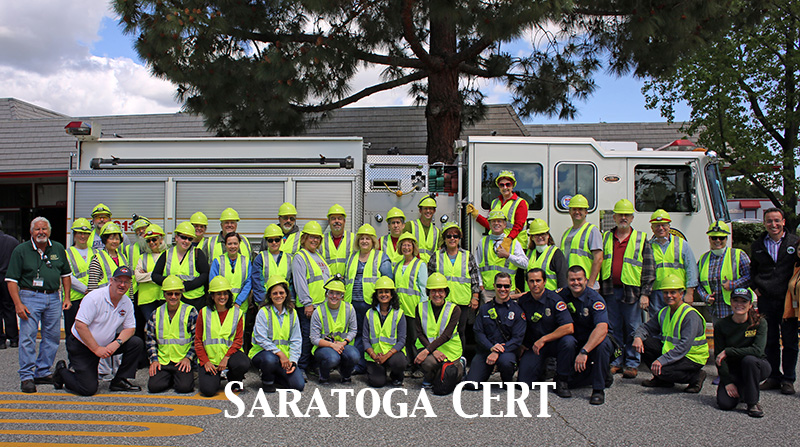[reprinted from ARRL ARES E-Letter – 17 July 2019]
[This article is from the July 2019 issue of the FEMA Individual and Community Preparedness Newsletter.]
Community Emergency Response Team (CERT) members know that communication during an emergency is vital. Don Lewis of the Alexandria Radio Club in Virginia wants CERTs around the country to know how Amateur Radio can help.
Amateur Radio is a useful tool. Lewis, who is trained in CERT, explained that ham radios are more powerful than regular radios. They aren’t incredibly expensive, and they have a wide range of uses.
Sometimes CERTs may need to work together throughout a large area. They need to be able to report things that they have found. They sometimes even need to request medical support. Using a radio is easier, safer, and more efficient than sending a person back with messages, says Lewis. Ham radios enable a CERT to communicate over much greater distances than standard radios. This can improve the level at which a CERT can coordinate. CERTs already use ham radios in exercises and they have extended their range and effectiveness.
The City of Berkeley, California’s CERT has already begun using ham radio in city-wide disaster drills. In the winter of 2018, they held a 24-hour mock disaster where they practiced their ham radio skills to better prepare their city. They were able to maintain communications in the whole city for the entire 24-hour exercise. This allowed them to relay critical information to citizens and disaster crews. They were also able to use hams to aid the city during a blackout in November of 2017. The CERTs used solar powered batteries in their ham radios. This allowed them to function even when power and phones were down.
Amateur Radio protocols are also built into Pasadena, California’s emergency management system. The area experiences earthquakes several times a year. The quakes can destroy cell towers and phones lines in an instant. Amateur Radio can be a huge asset during a disaster like this, so Pasadena has a network of radio operators trained to provide communications at any time they need. They can contact hospitals or fire stations to better serve their community. Ham operators can even aide families in contacting one another once a disaster has passed.
Are you interested in learning how to operate a ham radio of your own to serve your community? Then the Amateur Radio Emergency Service (ARES) may be for you. They are a group of radio operators who volunteer for various disasters and public service events. They can provide guidance for training, equipment, and licensing.
